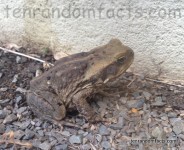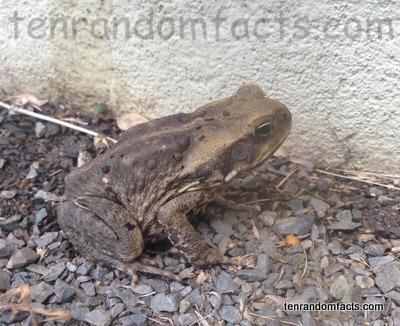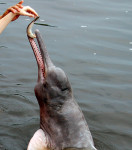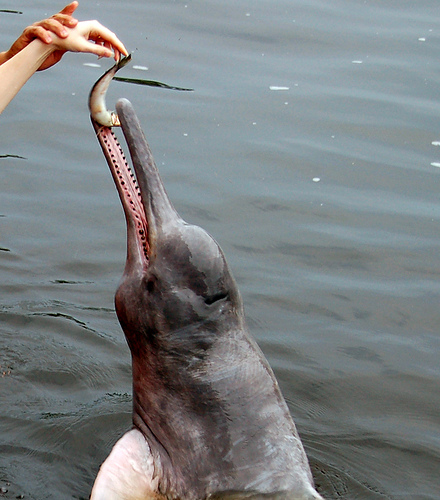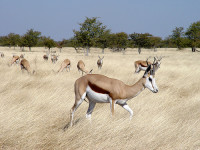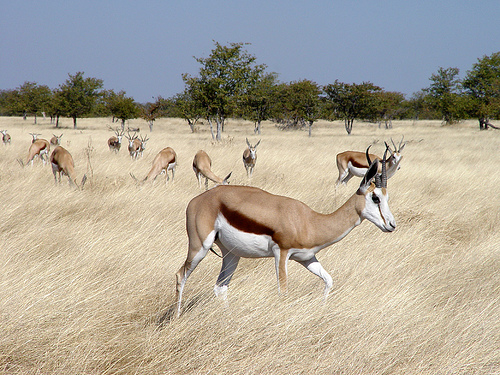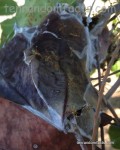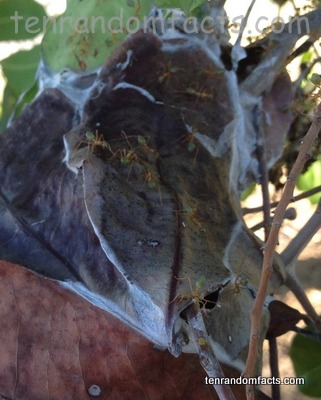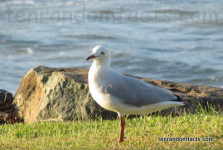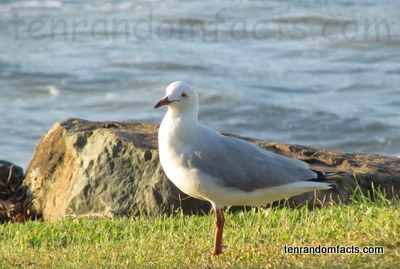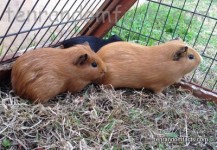
Guinea pigs are really just pampered rodents.
- Guinea pigs are a domesticated rodent species, popularly kept as a pet, and they are not found in the wild.
- The scientific name of guinea pigs is Cavia porcellus and it is from the family Caviidae, the family of cavies.
- A ‘guinea pig’ is also known as a ‘cavy’, while the species’ scientific name ‘porcellus’, means ‘piglet’ in Latin.
- Guinea pig descendants were native to the Andes mountains of South America and are said to have been domesticated between 5000 and 2500 BC.
- Guinea pigs have been a traditional food source for some native tribes of South America, being one of the main reasons for their domestication, while in 2004, it was estimated that in Peru, 65 million of the rodents were eaten.
- The selective breeding of guinea pigs was undertaken during the 1200s, while the mammal was later introduced to the upper class of Europe in the 1500s.
- Guinea pigs generally range from 20 to 25 centimetres (8 to 10 inches) in length and weigh 700 to 1100 grams (1.5 to 2.5 pounds).
- The diet of guinea pigs consists primarily of grasses but also other vegetation including fruit and vegetables.
- The hair of guinea pigs can be short or long, and usually ranges from blotched patterns to solid colours of white, brown, grey, orange and black.
- Guinea pigs have been used since the 1600s to research health, including diseases such as scurvy, cholera, various fevers and typhus.
Bibliography:
Bradford A, Guinea Pig Facts, 2015, Live Science, http://www.livescience.com/50658-guinea-pig-facts.html
Guinea Pig, 2015, Wikipedia, https://en.wikipedia.org/wiki/Guinea_pig
Vries L, Peru Pushes Guinea Pigs as Food, 2004, CBS News, http://www.cbsnews.com/news/peru-pushes-guinea-pigs-as-food/






